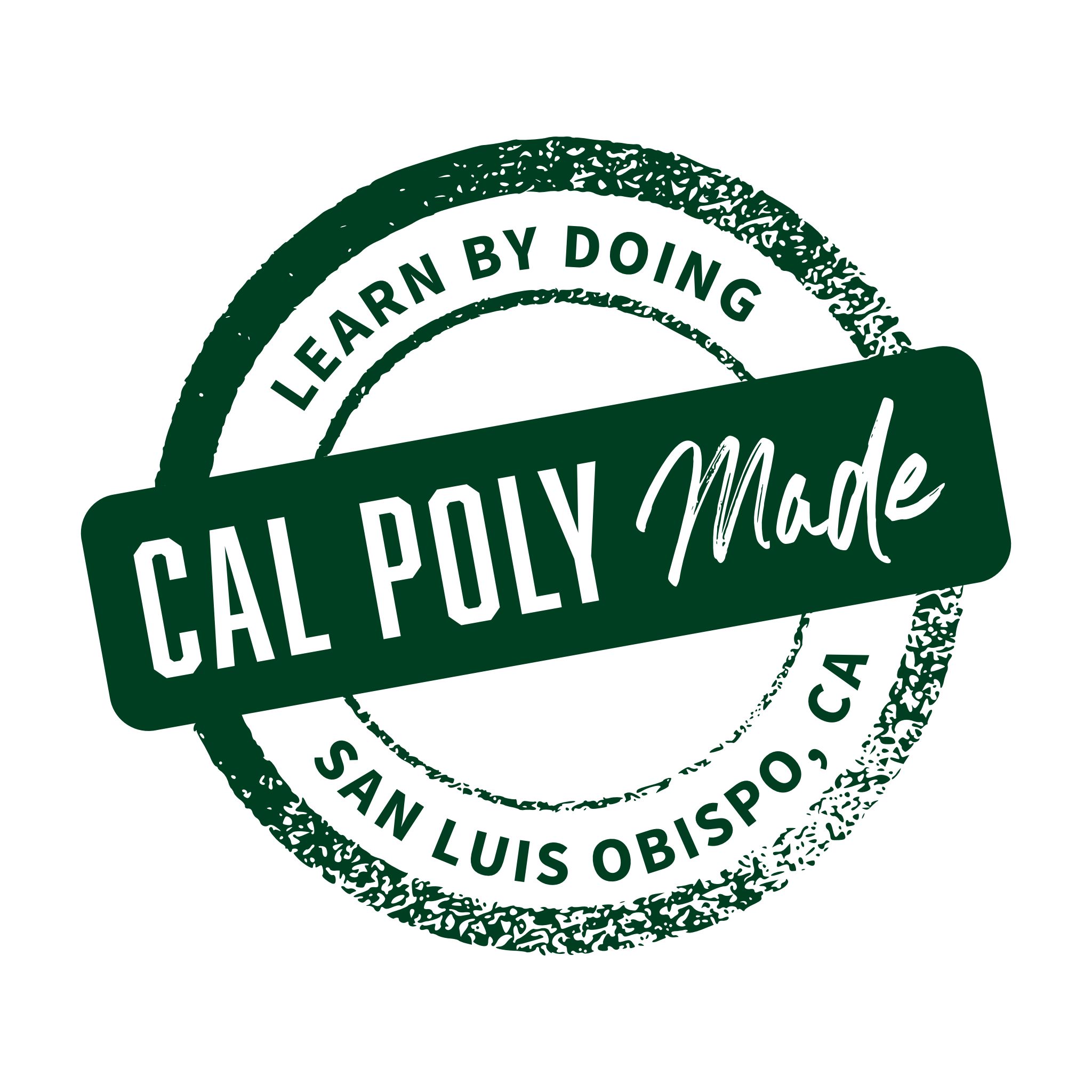A Sensory Experience

BY LAUREN MCEWEN, FOURTH-YEAR AGRICULTURAL COMMUNICATION MAJOR
While sitting in a darkened room wearing eye-tracking glasses that convert eye movements into a data stream for further analysis, participants are passed boxes of pasta through a sliding door.
For food science graduate student Nichole Leach, the sensory lab where the pasta is being evaluated by volunteer participants is a critical aspect of her study on consumer preferences for pasta packaging. Her research is building off of work done by previous graduate students, who determined consumer segmentation and developed recipes for bruschetta, pasta and brownies with a key source of novel protein: crickets.
The sensory lab provides researchers a controlled environment to assess how sight, sound, smell, touch and taste can affect consumers’ perception of a product. The lab is one of many new facilities in the Boswell Agricultural Technology Center which brings the realities of the agriculture industry into an accessible Learn by Doing atmosphere for Cal Poly students. “All consumer markets are segmented,” said Professor Amy Lammert, advisor to Leach’s research. “Studies like this indicate what consumers in each of the different segments are willing to try or not try.”

 Crickets are rich in protein and other macronutrients, making them a potentially sustainable, lucrative commodity as people trend toward protein alternatives. The crickets are ground into a fine powder and incorporated into the recipes, so that not a single leg, antenna or wing will be visible to the consumer. Cal Poly students, like Leach, are seeking the most effective ways to market these products to consumers.
Crickets are rich in protein and other macronutrients, making them a potentially sustainable, lucrative commodity as people trend toward protein alternatives. The crickets are ground into a fine powder and incorporated into the recipes, so that not a single leg, antenna or wing will be visible to the consumer. Cal Poly students, like Leach, are seeking the most effective ways to market these products to consumers.
Leach, who earned a bachelor’s degree in food science from Oregon State University, seeks to understand consumer preferences for cricket pasta and what ultimately compels a customer to purchase a package of cricket pasta in grocery stores.
For her graduate research, Leach’s participants use the eye-tracking glasses and wristband during testing in the sensory lab. The glasses collect data, measuring how long a person’s gaze rests on certain characteristics of the box, be it the text, color scheme, design or nutrition label. Additionally, participants wear a wristband that tracks biometrics like pulse and respiratory rate that can be used to infer their emotions. All of these elements are conducted in the sensory lab, providing an ideal atmosphere for measuring consumer packaging preferences. “It is a sterile, controlled environment which makes the experience the same for everyone,” Leach said.
Studies done in the lab are important for the food industry because it helps manufacturers understand consumer trends and preferences. The sensory lab “aids with product development and testing against different formulations of products,” said Leach. “It is a necessity.”
The sensory lab is used by students across departments for research that includes product testing, quality control and ranking of products. Students also conduct sensory testing on behalf of businesses in the food industry to improve their products against competing brands.
One of the challenges facing the food industry is a legal restriction determining information is on the product label and how that information is presented. Leach’s research will help determine what presentation of novel protein information best resonates with consumers while abiding by the regulations. “The lab is critical to product development,” she said. “It is ingrained in knowing what consumers want.”
Leach will present her findings from the study in October at the Society of Sensory Professionals meeting in Pittsburg and also when she defends her thesis to professors and peers alike. Currently, she is analyzing the data collected from the 74 participants who participated in the eye tracker and wristband study to uncover what consumers are attracted to in packaging of the cricket pasta. Following her graduation from Cal Poly, Leach plans to enter the food industry working in sensory analysis and product testing.
Visit FSN Newsletter - Spring 2024 to read more stories.

